Life inside the seawall in Japan 7 years after the double disaster occurred
Seven years after the terrifying earthquake and tsunami occurred, residents of the northeastern coast of Japan continued to rebuild their lives along the giant sea wall.
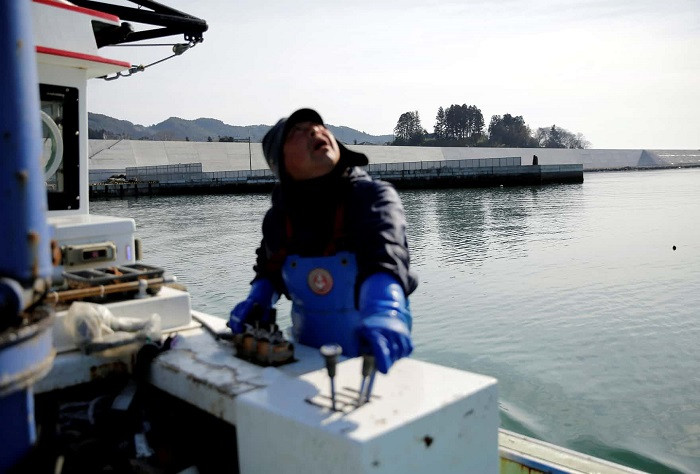
On March 11, 2011, oyster Fujita, an oyster fisherman, is still working as usual on the city coast of Rikuzentakata.Shortly thereafter, a 9-magnitude earthquake with a trauma located 70km from the Japanese coast shook the area.
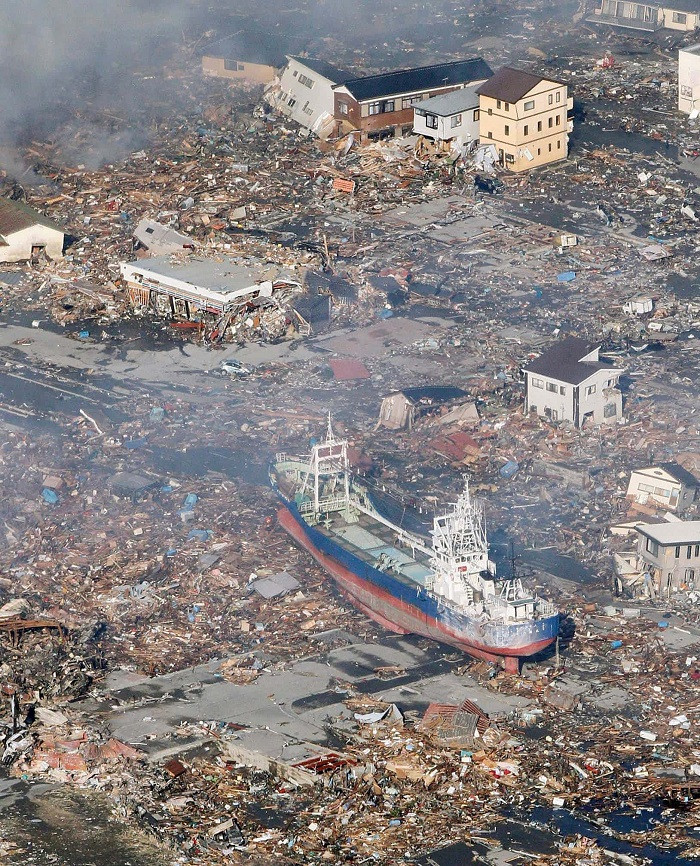
This is the strongest earthquake ever happened in the sunrise country and is one of the five most destructive earthquakes in the world since 1900.
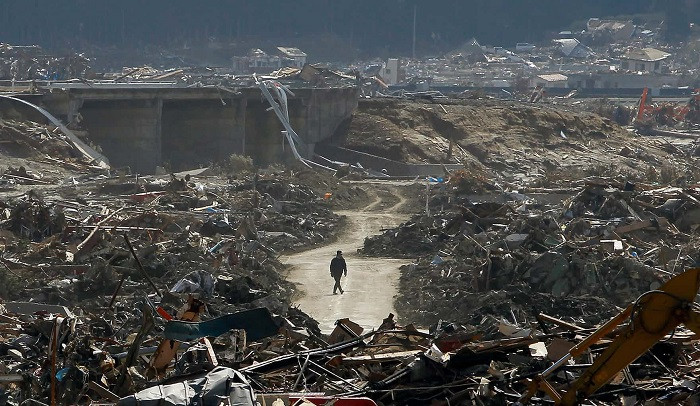
The strong earthquake followed a massive tsunami that reached more than 30 meters high and destroyed the northeastern coast and claimed the lives of nearly 18,000 people.

Natural disasters also cause radioactive leakage at Fukishima nuclear power plant, leaving hundreds of thousands of people evacuated.
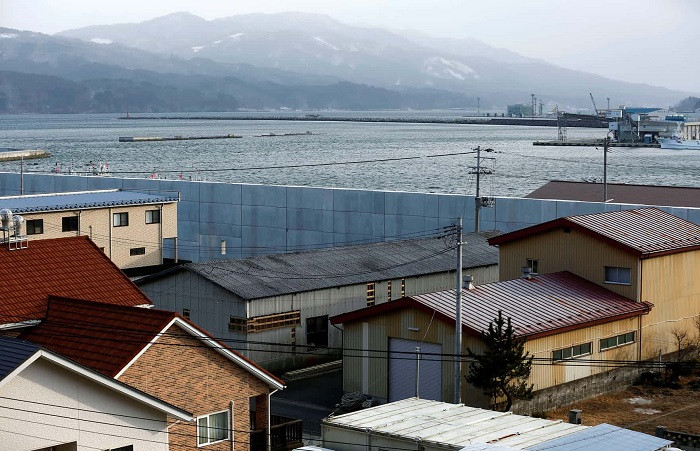
Since the disaster struck, some towns around the coast have banned construction of houses in coastal areas and relocated people to higher areas.
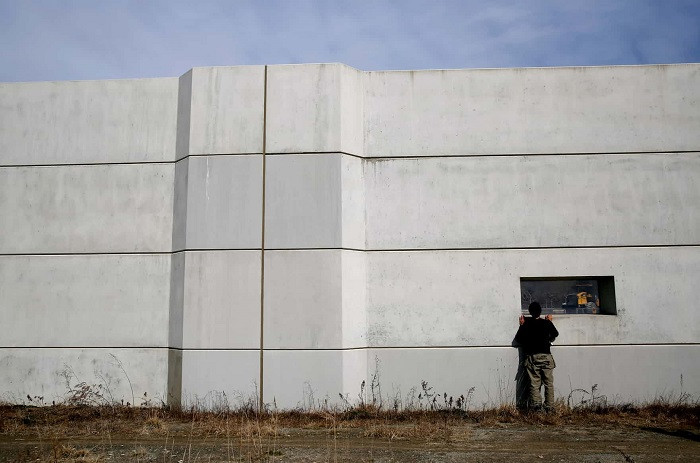
Subsequently, a 12.5-meter-tall concrete wall replaced the 4-meter-high dam that had become useless before the previous disaster.

Initially, the idea of building a seawall was supported by many people.However, over time, many people later criticized this for the limited space wall, likened to being in prison.

Mr. Fujita said, people here feel like living in prison 'even though there is nothing wrong'.He also said that after the tsunami, the oyster farming environment has been improved because the sea floor is stirred and the mud accumulated.

However, the appearance of the wall can prevent the natural flow of water from the mainland and affect future production.

Some claim that they have never been consulted about the construction of the wall, some say that building construction means delaying plans to rebuild people's lives like building houses. those who lost their homes after the disaster.

Many residents are concerned about the wave wall that will affect the tourism industry. 'About 50 years ago, we brought children here to rest and enjoy the time of this beautiful coast.'

'However, now there is no trace of the road anymore,' said Reiko Iijima, a tourist from Central Japan.

The wave wall of about 395km long was built at a cost of about 9.1 billion pounds (12.74 billion USD).

According to researcher Hiroyasu Kawai at the Port and Air Research Institute in Yokosuka, near Tokyo, the wall will help prevent tsunami waves and prevent water from overflowing inland.Although the tsunami rises higher than the wall, the wall can still delay the flooding process and give people more time to evacuate.
- Japan: Vietnamese people are still missing in the March 11 disaster
- Japan revived, a year after the double disaster
- The unforgettable images in the Japanese disaster
- Japan 2 years after the earthquake and tsunami disaster
- Barrier to prevent the Indonesian capital from building a school against flooding
- Japan announced a new roadmap to troubleshoot Fukushima I
- Disaster disaster
- Disaster management, the need to learn
- Japanese tsunami garbage to Hawaii
- The erupting ancient volcano caused a global extinction disaster
- Earthquake shook south of Japan
- Japan shook by earthquakes
 The 11 most unique public toilets in the world
The 11 most unique public toilets in the world Explore the ghost town in Namibia
Explore the ghost town in Namibia Rare historical moments are 'colored', giving us a clearer view of the past
Rare historical moments are 'colored', giving us a clearer view of the past The world famous ghost ship
The world famous ghost ship